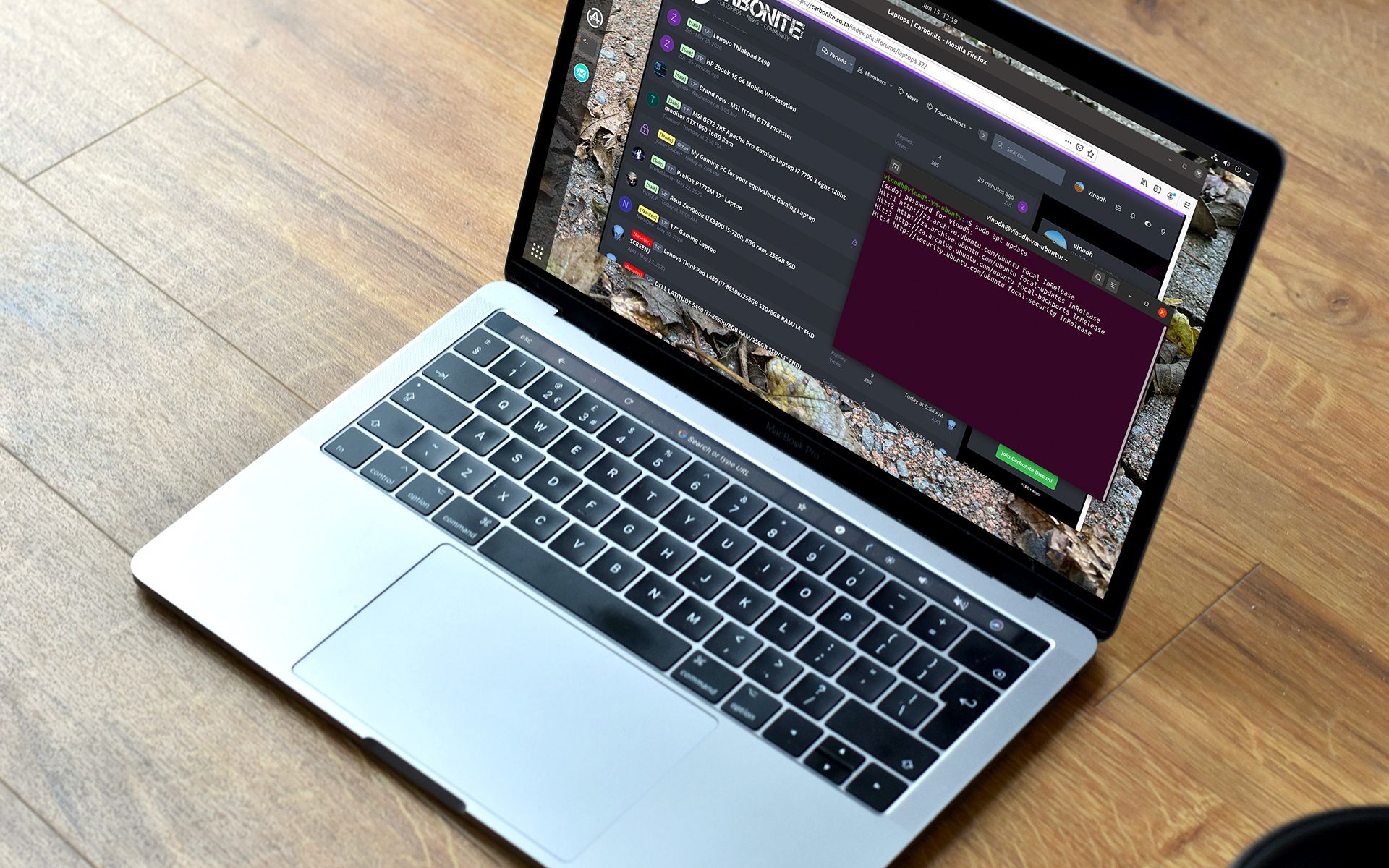I did not find anything to love about the results I was getting searching for queries like “Increase rubymine memory” and “set rubymine memory”. Here’s the location of the file…
Following is my proposal to improve the state of Linux touchpad drivers. It’s a cause I have spent almost a year of my spare time researching in depth. The first…


